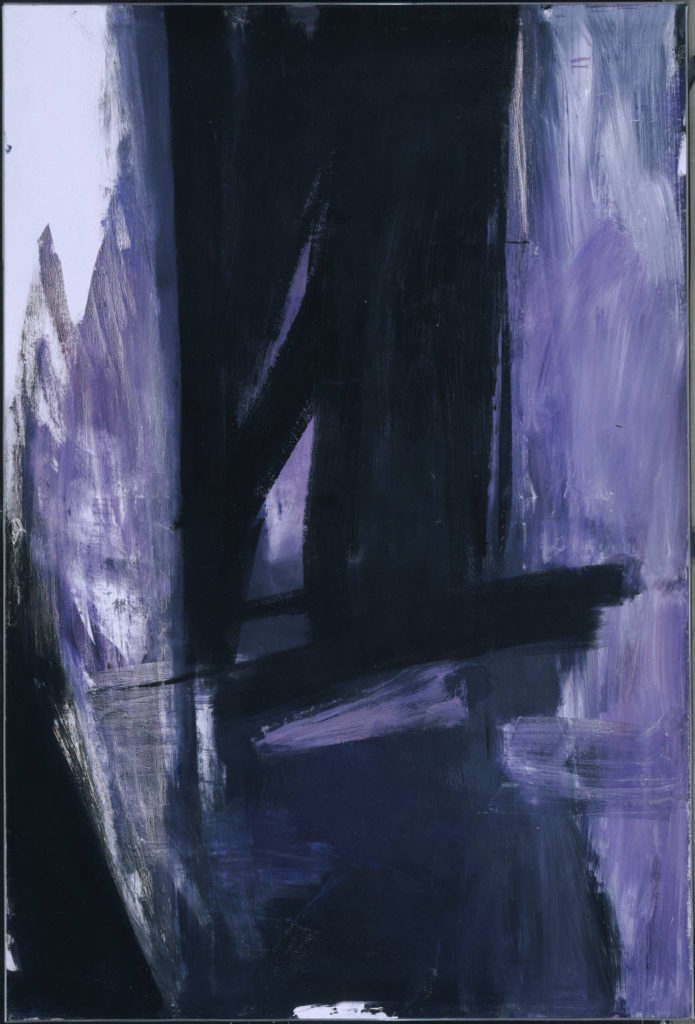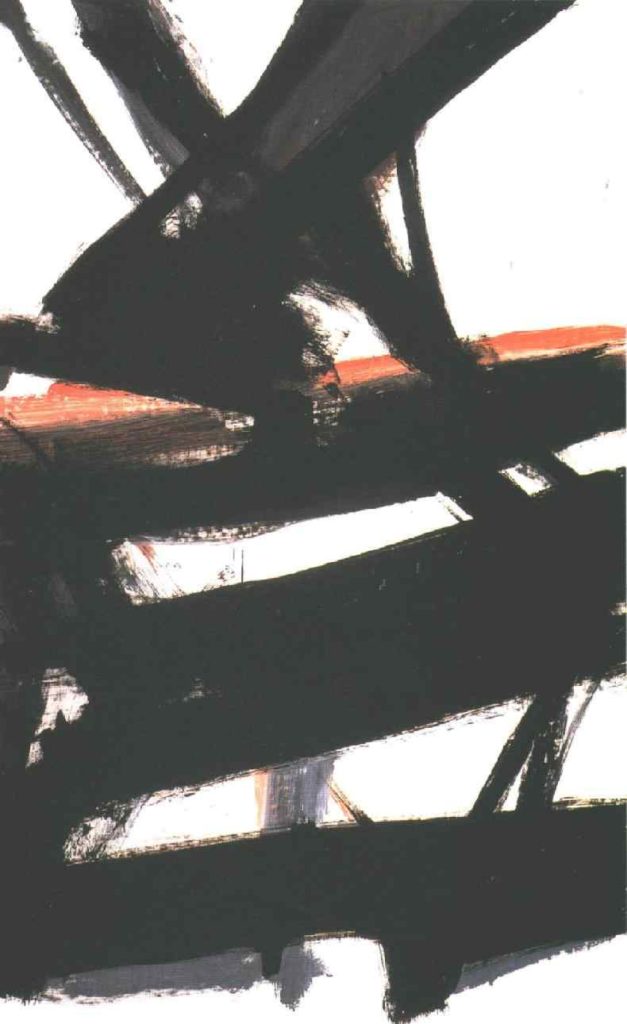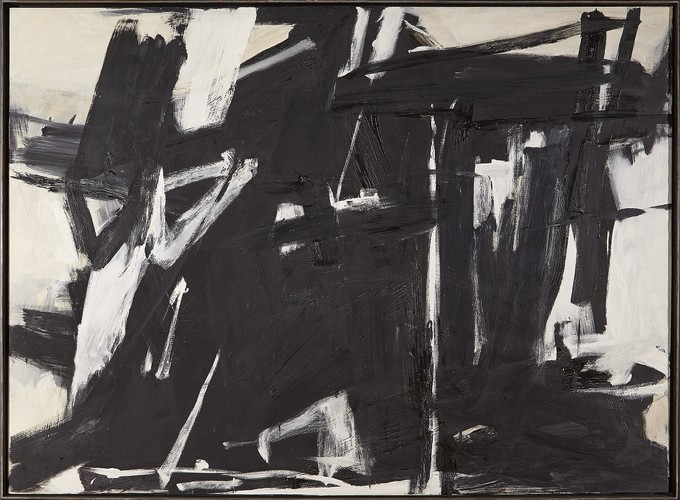Gallery Guide Susan Morrison continues her multipart series on the contributions of the AGO’s Women’s / Volunteer Committees to the gallery’s collections:
The first four posts under this topic (starting here) outlined the development of the Women’s Committee at the Art Gallery of Toronto, as it was then called, from its inception in 1947 to its collecting practices in the late 1950s, through which I traced the shift in buying trends from British painting to the American abstractionists. The next three posts are concerned with specific paintings purchased by the committee, and the events surrounding their acquisition. The three ‘Case Studies’ from the early 1960s cover Franz Kline’s Cupola, a Barnett Newman painting called Day One, and Picasso’s Seated Woman .
This week: The Women’s Committee chases an elusive Franz Kline.
By February 1960, the Women’s Committee had made the decision to focus their spending on American Contemporary paintings. In consultation with the director, Martin Baldwin, and several American museum directors, the committee made its first purchase in this category—a painting by Sam Francis called Two Worlds (1959).
In March 1960, Mrs Meltzer, chair of the Purchasing Committee, went to NYC looking for artworks to buy. She noted the paintings (and prices) of a number of artists that she thought would be worth investing in, amongst them a piece by Franz Kline at the Sidney Janis Gallery called Torches Mauves (1960). The year-long attempt to purchase Torches Mauves failed, as Kline was unwilling to sell it (although he later gave it to the Philadelphia Museum of Art). In March 1961, another Kline, called Horizontal Rust (1960) was substituted and purchased from Sidney Janis at a cost of $8500.00.
Never heard of it? Here’s why.
Perhaps the only positive outcome of a major fiasco involving Barnett Newman and the Women’s Committee—the subject of the next installment of this column—that occurred in the Fall of 1961 was that the American art consultant involved in said fiasco, Ben Heller, convinced the Women’s Committee that they should exchange Horizontal Rust for a more important example of Kline’s work. To that end, Mrs Meltzer and William Withrow went to New York in December 1961 to see a show of new paintings by Kline at the Sidney Janis Gallery. They both liked the picture offered them, and felt it compared favorably to the Klines at the Guggenheim and Whitney. An arrangement was made with the gallery to take back Horizontal Rust and on payment of an additional $5000, Cupola (1958-60) was delivered to the AGT. In retrospect this was a prescient decision, as most experts agree that Cupola is a major Kline painting. (Horizontal Rust was eventually purchased by the Cincinnati Museum of Art.)
Previous Post: Buying Trends 2 – Taking a Chance (or not) on Abstract Art
Next Up: Case Studies 2: The Day One That Got Away
For more posts in this series, click on the “volunteer history” heading in the right-of-screen Categories sidebar.



